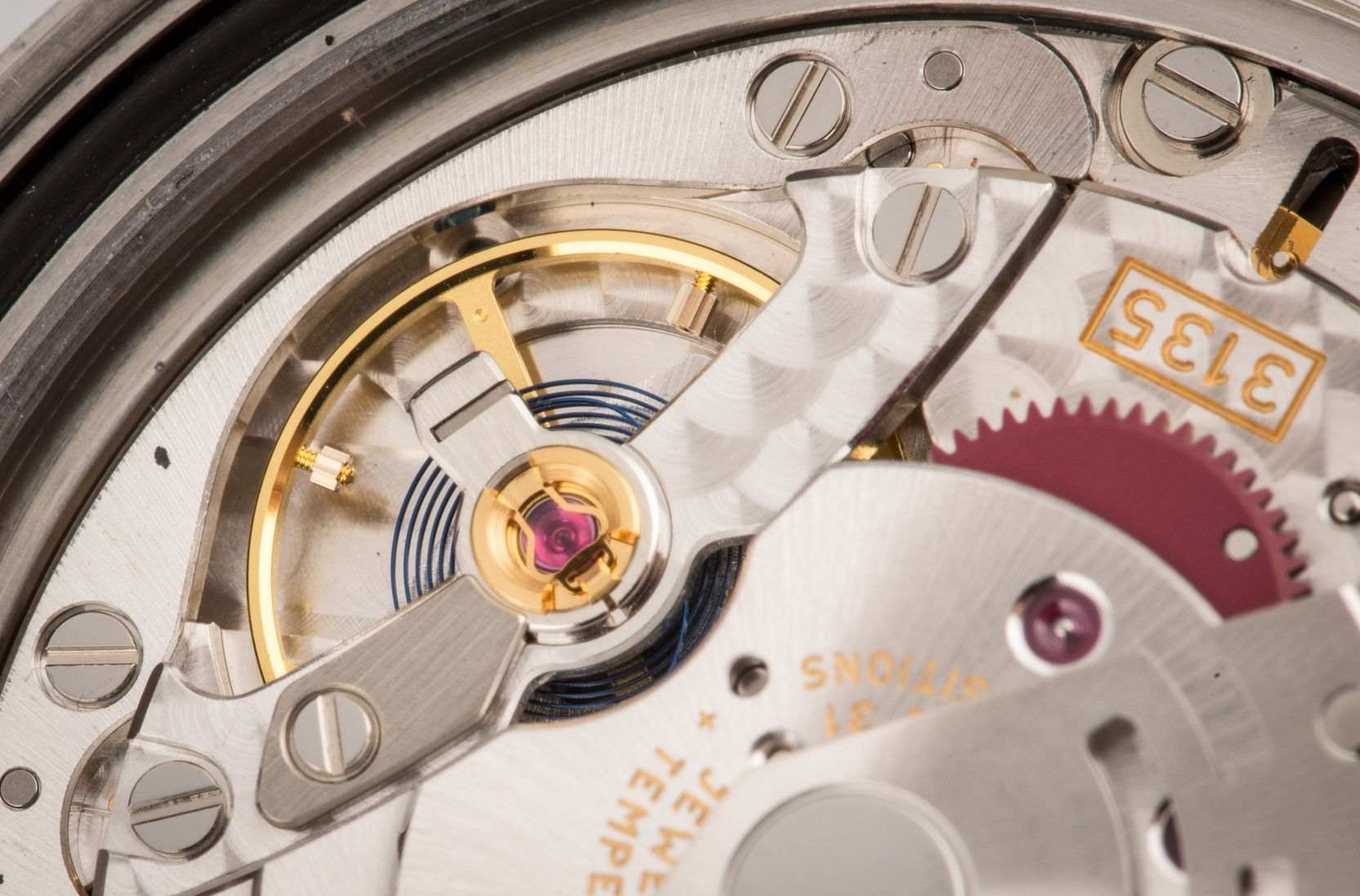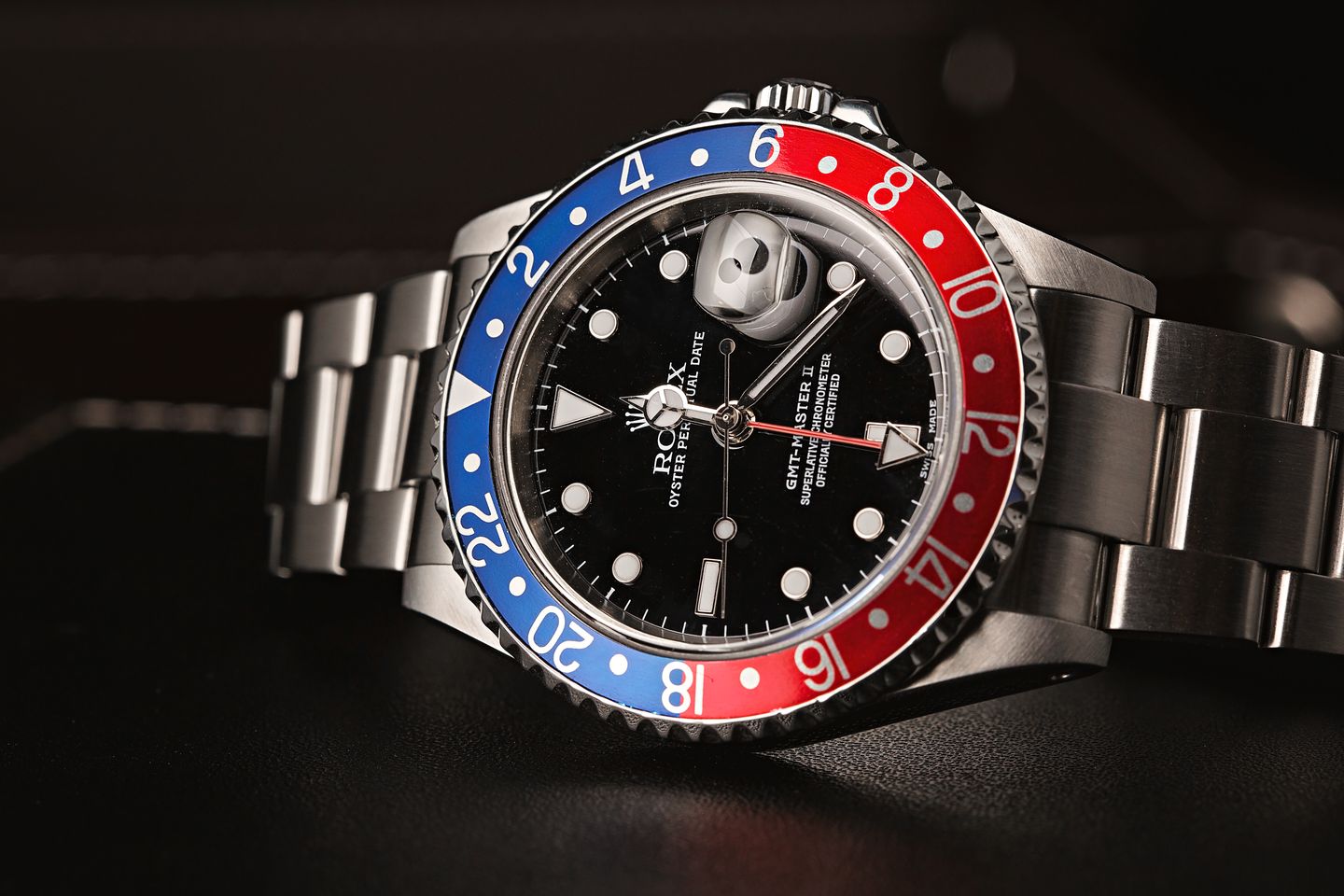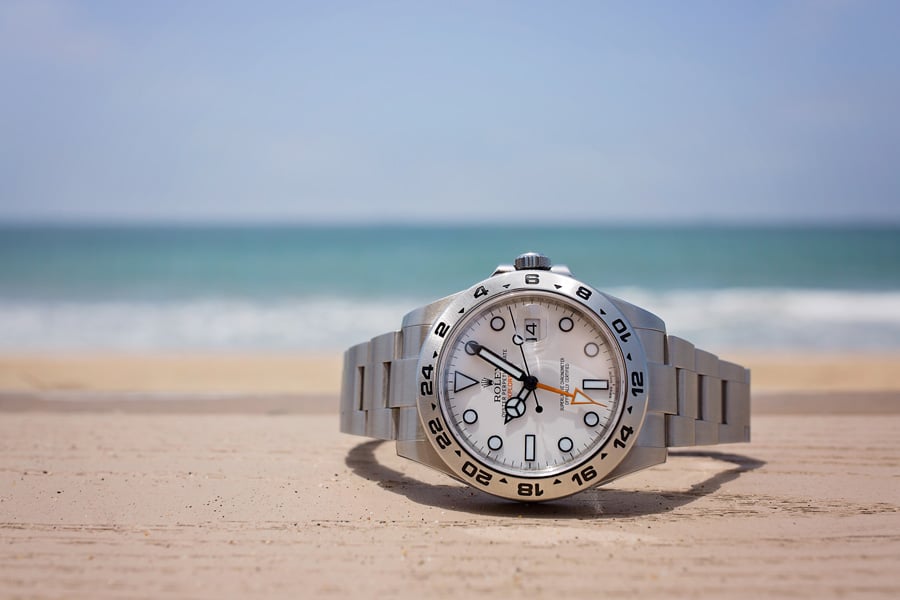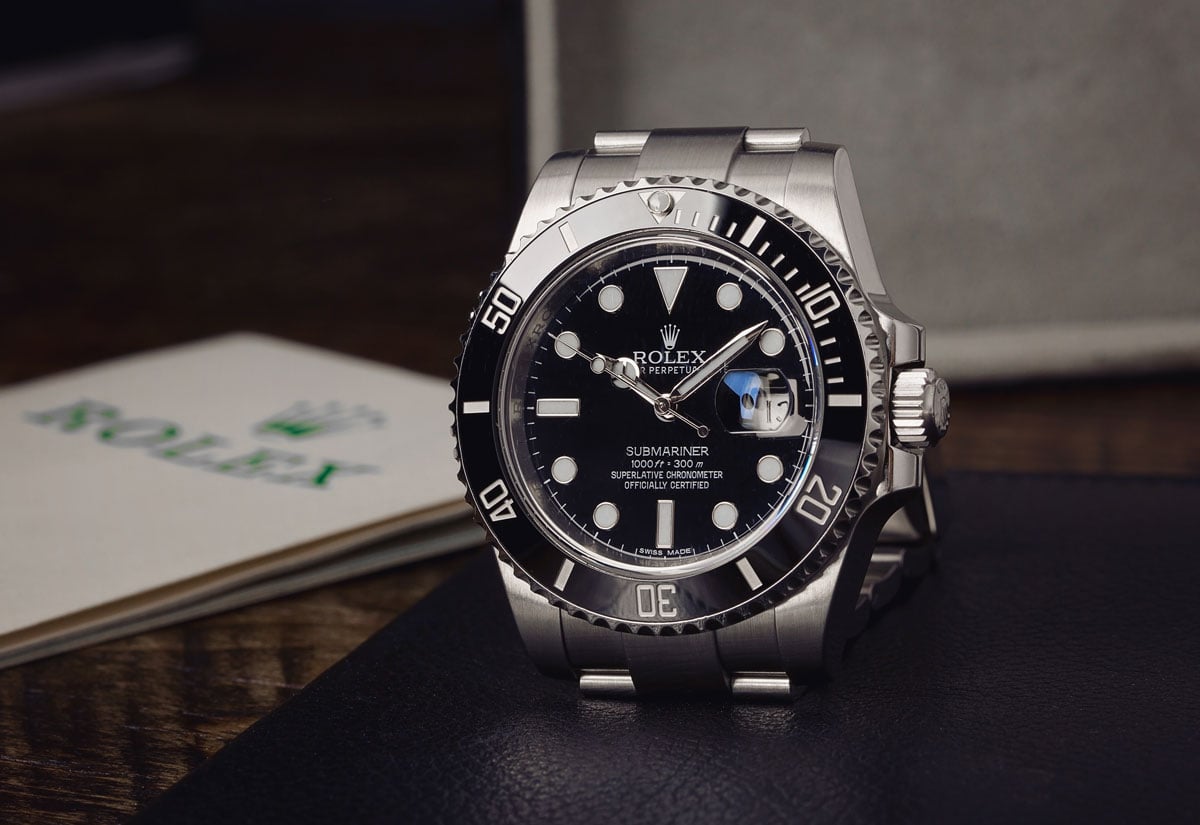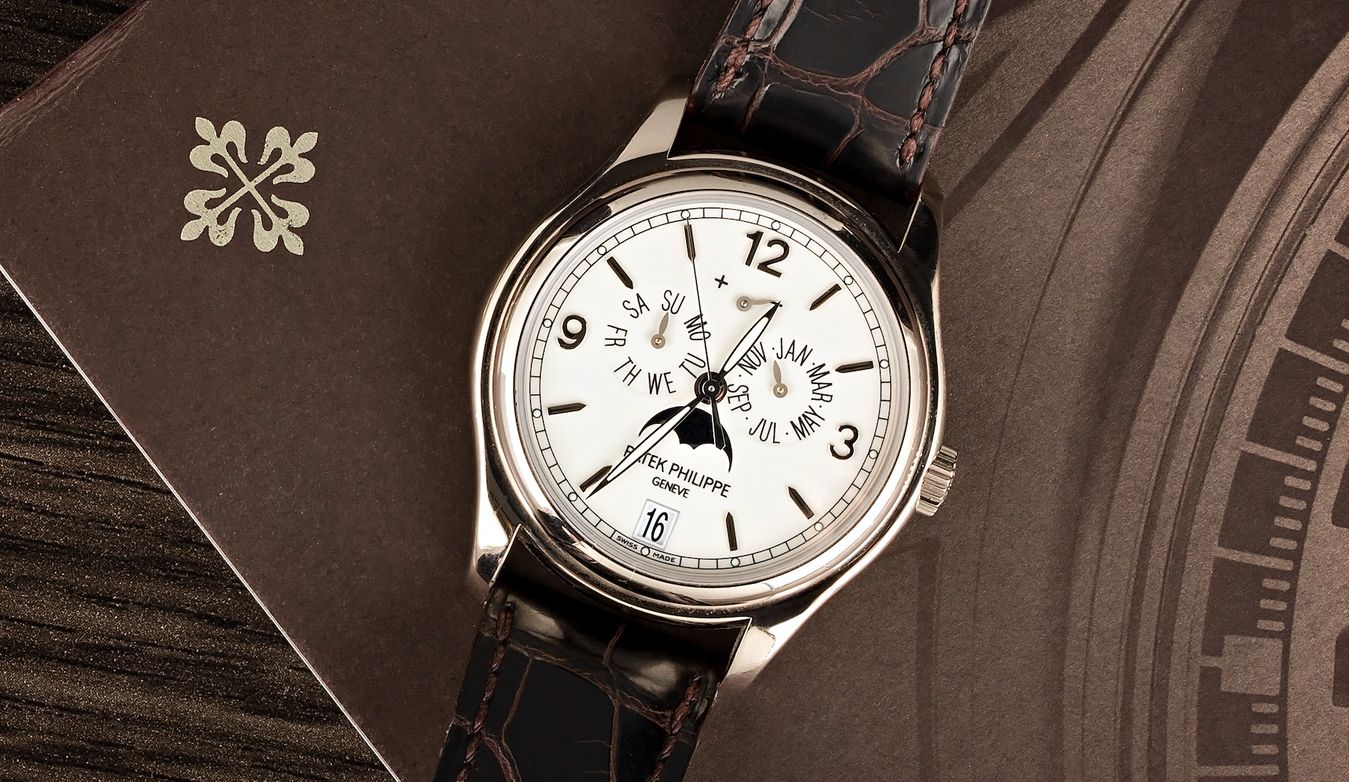The hairspring is the beating heart of your watch. Without it, you couldn’t keep time on the go, let alone accurately. The technology was created nearly four hundred years ago and went largely unchanged until recently. Now that luxury watches are starting to play around with hairsprings – from finding new materials to working on their production in house – we’re starting to hear, and see, more about this imperative watch component. So, let’s open the caseback and see what it’s all about.
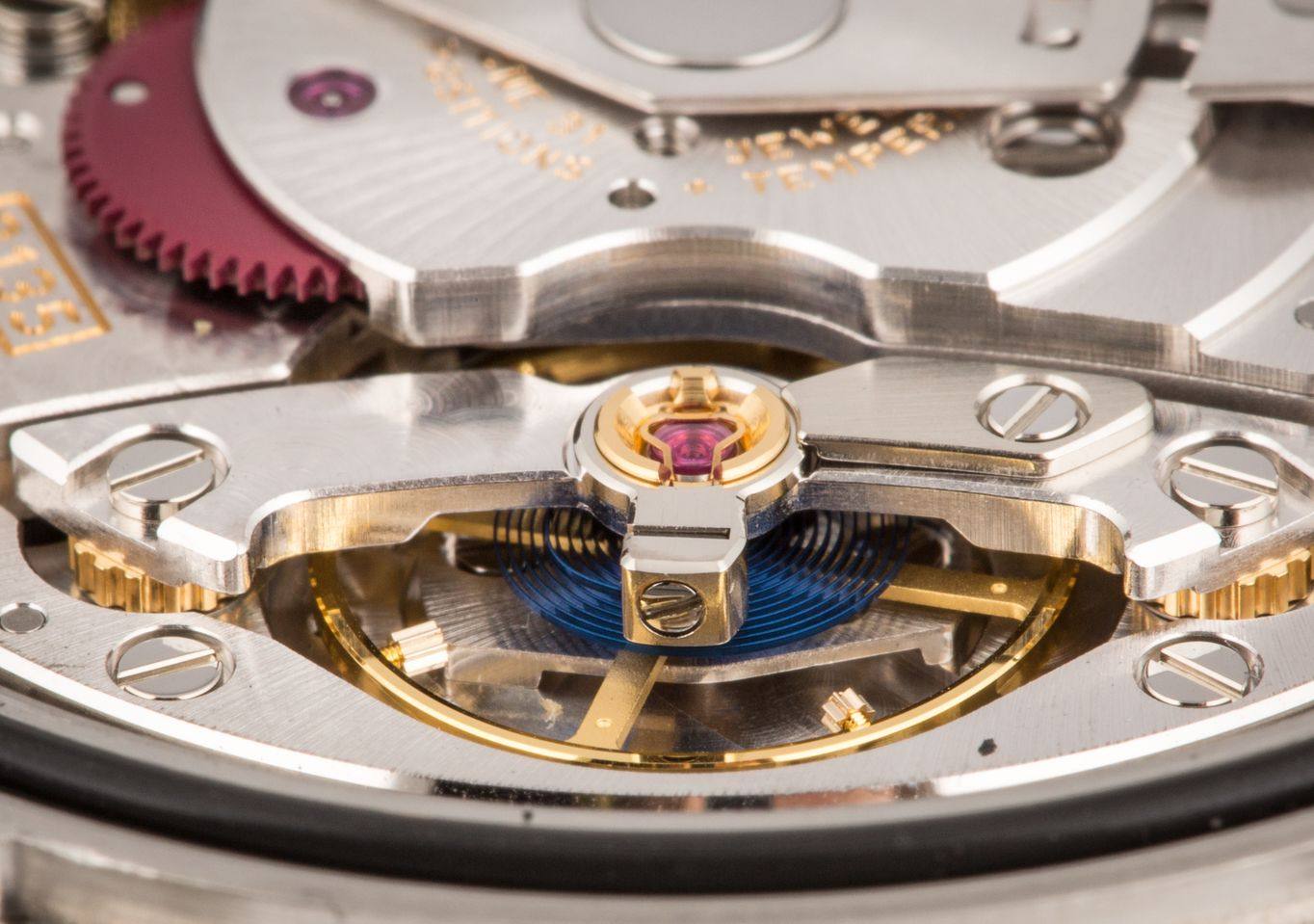
What is the hairspring exactly?
The hairspring is what makes your watch tick — also, sometimes it’s referred to as a balance spring. Either way, it’s a flat coiled spring, usually made of metal, that’s attached to the balance wheel. The hairspring causes the balance wheel to oscillate and controls how fast, and thus keeping time accurately.
Created in 1675 and credited to the work of Christian Huygens, the hairspring was, and remains, revolutionary in watchmaking. You can even say it’s responsible for taking the watch mainstream – as it made early pocket watches more portable, reliable and affordable objects to own.
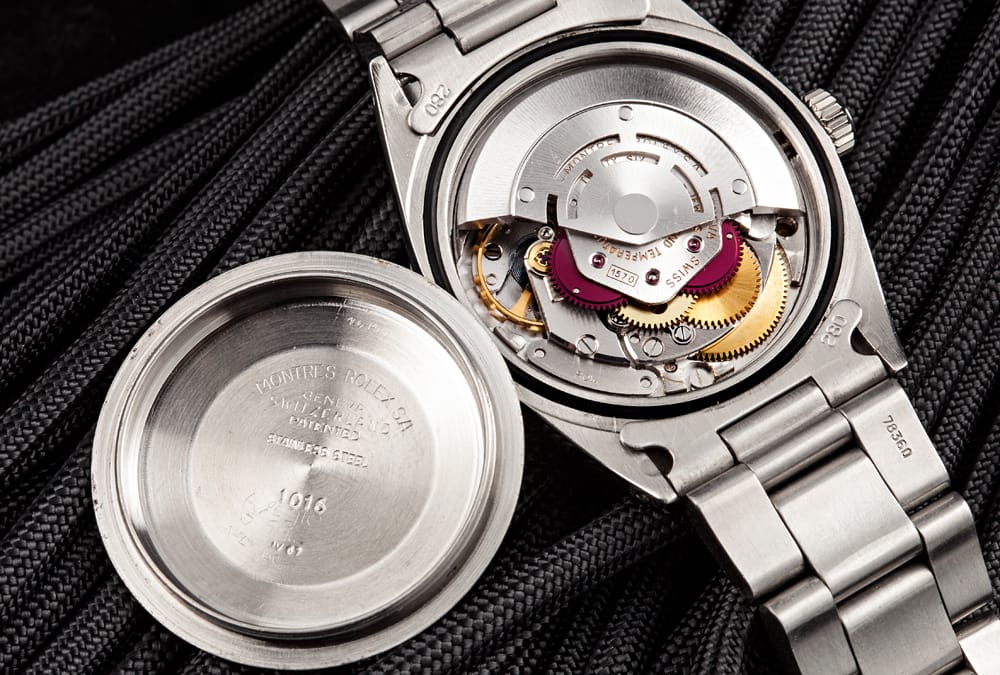
So, how does the hairspring work?
Hairsprings make sure that the balance moves at a steady rate. When the hairspring coils and uncoils, it propels the balance wheel and each swing of the balance then allows the gear train to move forward in a set amount – which is translated into time by the rest of the movement.
Practically, it works similarly to the pendulum of a clock, but is portable and durable as it moves around on your wrist. In fact, over the course of a year, an average hairspring will oscillate 500 million times. Yes, you read that right. That means this component has to be extremely durable – it also has to be resistant to magnetic fields and temperature changes – two things that can disrupt the rate that it compresses and decompresses. And so with these challenges in mind, a select few have taken on the challenge of redesigning the hairsprings used in their watches.
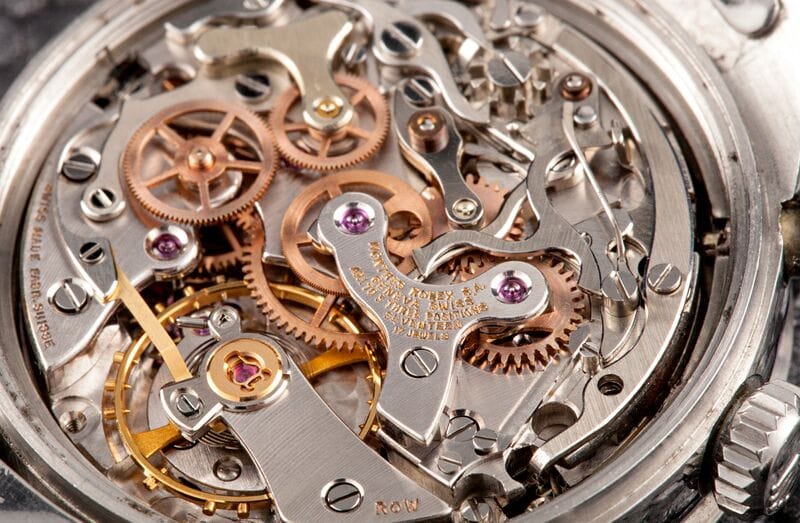
What companies are working on hairspring innovation?
There are a variety of companies who are now building their own hairsprings in order to get out from under the heel of a select few manufacturing titans. These companies are producing and distributing their hairsprings to other watchmakers, but what we’re most interested in are the handful of manufacturers who are innovating new designs with new materials in-house. Here’s a few of note.
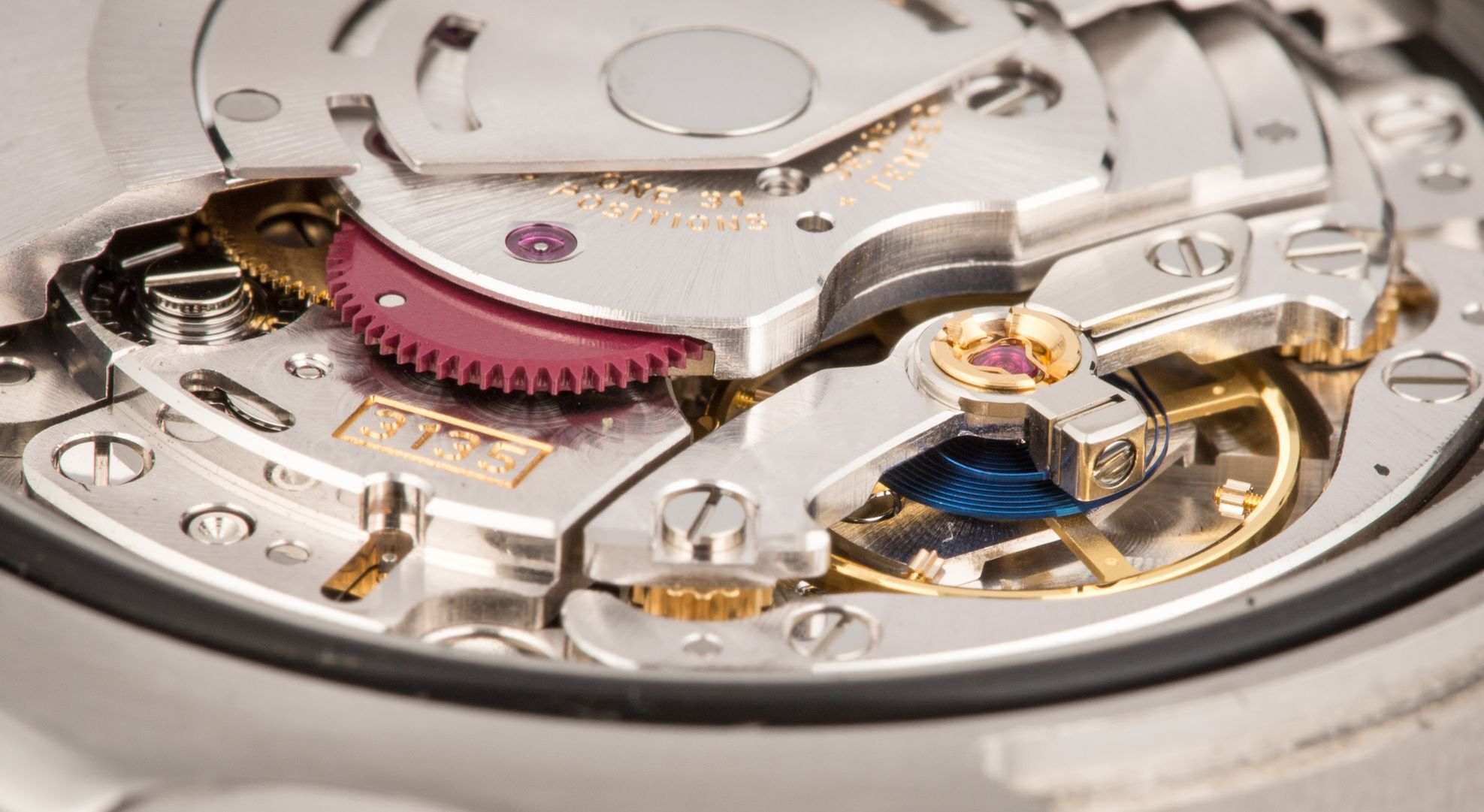
Rolex – Parachrom Hairspring
Rolex was one of the first watchmakers who decided to take production of their hairsprings in-house. But being Rolex, they weren’t going to just take on production, they were going to create something new. That’s when we were introduced to Parachrom, an exclusive alloy of niobium and zirconium used to make their patented hairspring. The coiled-alloy is of course resistant to magnetic fields as well as temperature and pressure changes, but in-house innovation made it ‘10 times more accurate’ than a traditional hairspring when exposed to shocks. It was also upgraded with a blue-hue oxide layer finish in 2005 to reinforce its long term stability.
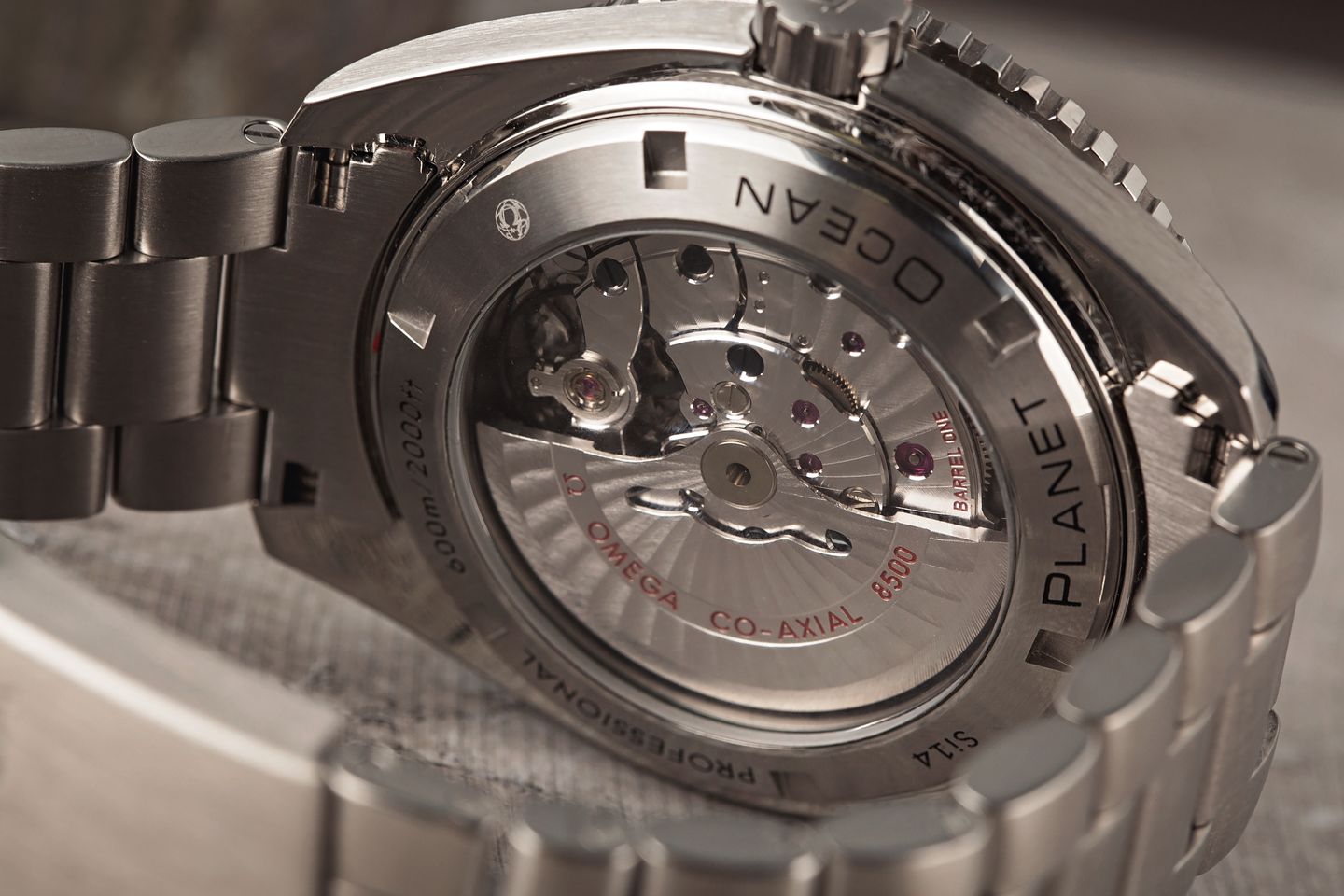
Swatch Group, Rolex and Patek Philippe – Silicon Hairspring Project
What’s better than one of the greatest watchmakers coming up with a new hairspring solution? The three top watchmakers joining forces to do so, of course. All-stars Swatch Group, Rolex, and Patek Philippe got together to work on a silicon hairspring in the early 2000’s in collaboration with the Suisse d’Electronique et de Microtechnique. They quickly patented the technology and got into a legal squabble with Sigatec who was also working on this at the same time. It got settled with undisclosed terms.
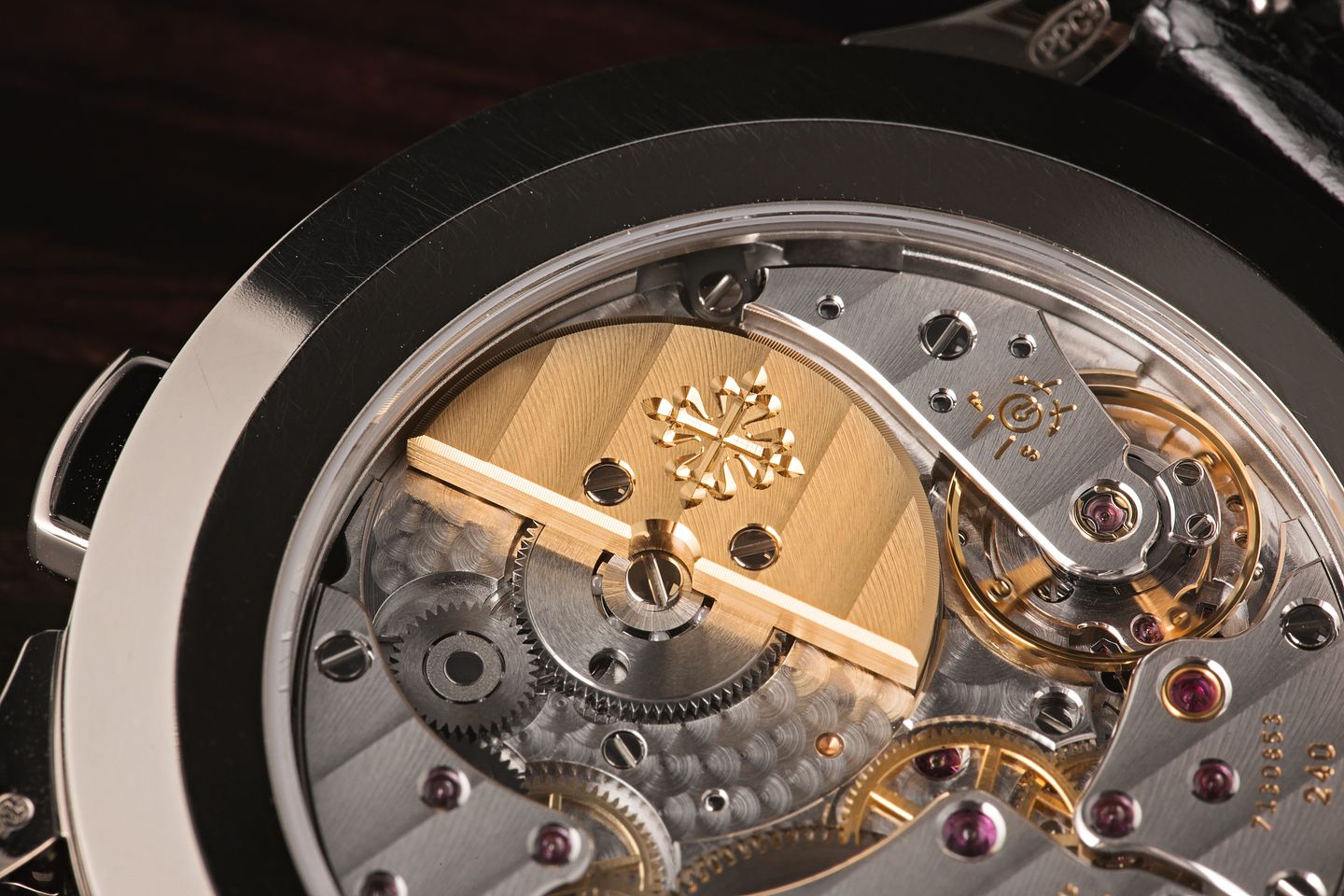
But what came out of the joint-effort were three different silicon hairsprings from the world’s most prestigious watch manufacturers. But why silicon? Well, it was kind of the natural next step for hairsprings as it’s incredibly light, durable, anti-magnetic, and can withstand both temperature changes and pressure changes with ease. The problem is it’s hard to work with, so it really did require a big effort.
Patek Philippe unveiled their Spiromax© hairspring in 2006, and Swatch’s Breguet released their own silicon balance spring that same year. The Spiromax hairspring has been improved over the years, now holding several patents for its geometry and the addition of an inner boss making it highly accurate. And it took them a bit longer, but in 2014 Rolex finally unveiled their own silicon composite version, the Syloxi© hairspring, which features an entirely new attachment to the balance staff.
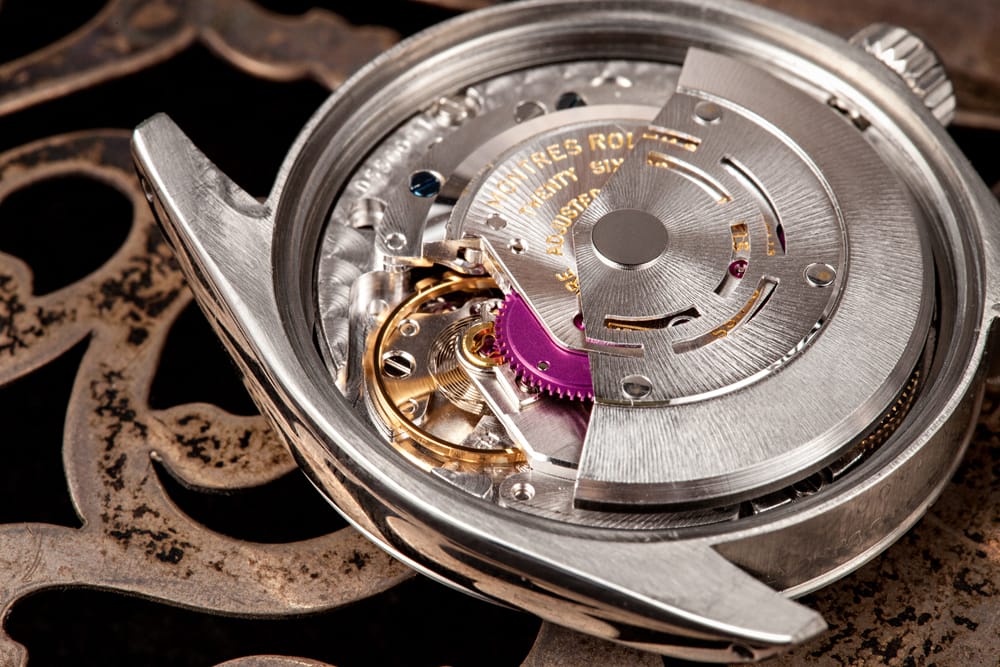
Zenith & Tag Heuer — Carbon Composite Hairsprings
Carbon composites were another clear choice for new a hairspring material due to its durability and extreme resistance to magnetic fields and temperature variations. In 2017, two big players pushed forward with their own variations of the material – Zenith unveiling their new Carbon-Matrix Carbon hairspring strengthened with carbon nanotubes alongside the release of their Defy 21. Using a complex series of chemical baths and reactions, they were able to grow the carbon composite at the molecular level on top of a silicium wafer instead of traditional etching methods.
Around the same time, TAG Heuer released their carbon-composite hairspring, the Isograph. TAG Heuer leveraged the freedom of design this material lends to really customize the hairspring, creating a spring that allowed for ‘perfect concentric oscillations.’ Plus, the carbon composite’s low density makes it lighter and more shock resistant. So much so, they claim it withstood both metal and silicon hairsprings when tested up to 5G.
